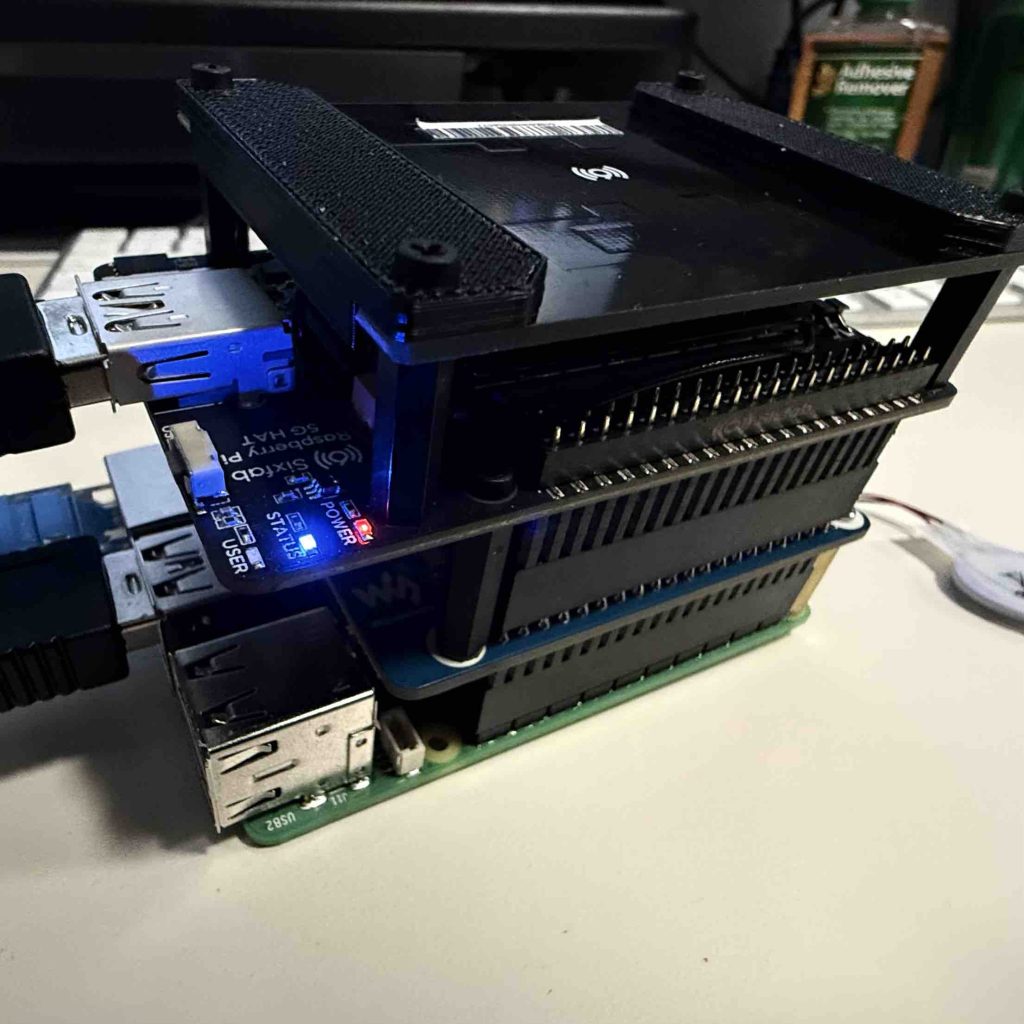New Adventures In 5G
Just over a year ago, my employer announced an interesting effort to implement a 5G network as part of the electronic medical record (EMR) system migration to Epic. This led to a lot of internal speculation as to what we were going to get, as well as a lot of other hot takes that I won’t put into print. All opinion aside, this was going to present both a set of opportunities and challenges for the IT organization.
From my previous experience in cellular, I wagered this would be a private APN instead of a truly private 5G installation. Jeanne, if you are reading this, you still owe me lunch.
A Quick Refresher
Here is my overly simplistic and possibly incorrect definition of terms related to cellular:
- APN (Access Point Name) – Essentially the name of the network you want to join. Each APN is more or less its own tenant network, not unlike a VRF.
- DAS (Distributed Antenna System) – A cellular radio system which works as part of a facility, often when external cell towers have uncertain signal capabilities.
- IMSI (International Mobile Subscriber Identifier) – This is the identifier on the physical SIM card, or the ID of an eSIM which identifies the subscriber.
- IMEI (International Mobile Equipment Identifier) – This is the identifier of the device connecting to the network. This is optional with an eSIM, but generally is present.
- Macro Network – The public portion of a service provider’s network, often distinct from an in-building antenna system.
Connecting to the mobile network requires the APN and IMSI at its minimum. Some carriers may also require the IMEI to be set in advance before granting access.
When it comes to 5G, a SIM card may allow access to the carrier’s LTE and 5G networks, depending on availability.
Toys on 5G
The biggest plus of the 5G system is probably the range that it allows. The extent of the network isn’t necessarily confined to the walls of the facility when an APN is part of the provider’s macro network. The network is now accessible wherever the provider has range.
The top day one item for the 5G network was a massive fleet of physician handsets running specialized software to provide access to medical records, electronic prescriptions, and secure messaging via text and voice. This effort has been quite a source of learning.
Other items now include the terminals for the mobile blood bank which can now operate anywhere there is a good cellular signal. There are other efforts being considered for use as well.
The Issue of Metrics
One concern that has been hard to answer is this: How do we begin to measure the user experience in a predictable and consistent manner?
It is possible to work through logs sent in by handsets and take reports of user experiences as they are having issues. However, that’s not necessarily predictable data nor complete. Commercially, there really aren’t any “5G Probes” out there that are turn-key solutions that are useful and affordable.
To that end, we more or less decided to spin up our own solution.
The Hardware Stack
It should surprise exactly nobody that the Raspberry Pi 5 was chosen as the hardware for the probe we are constructing. The cost, capability, and availability were the top contributing factors to the decision.
Besides, the thing looks cute as hell:

From top to bottom, the hat stack is set up as follows:
- 5G Antenna
- 5G Modem from SixFab
- PoE+ Hat
- Raspberry Pi 5
- RTC backup battery
The presence of the PoE card required a short USB A-to-A cable, instead of the convenient bridge connector that comes with the modem.
As power goes, rules were broken. As it turns out, the modem can be powered from the Pi itself by connecting a short USB C-to-C cable between the devices. It is not yet known how this is going to work out once the Pi starts generating some metrics and has some load on it, but making use of a single PoE connector has some pros over trying to use two wall wart power supplies. It would be nice to have an official jumper to pull power from the GPIO header when a PoE+ board is installed.
There are a couple downsides with the design:
- The case will need to be a custom design. This is true of virtually all stacked hat projects.
- The standoffs supplied with both the PoE hat and the 5G hat are extremely close, but not exact fits. A more exact and complete set will need to be commissioned
The hardware cost of the whole bundle is somewhere under $500, with most of that being the modem.
The Software Stack
I’ll get more into this in a future entry. However, the early development and testing is being done with Ubuntu 24 LTS. This has reminded me just how much I detest and how little I really know about shell scripting.
References
- Healthcare IT News – Boston Children’s Hospital rolls out hybrid 5G network as it plans to unify on Epic
- Raspberry Pi – https://www.raspberrypi.com/products/raspberry-pi-5/
- SixFab – https://sixfab.com/product/sixfab-5g-modem-kit-for-raspberry-pi-5/
Filed under: 5G,Networking Adventures - @ 2024-10-16 2:31 pm
Tags: 5G, Raspberry Pi